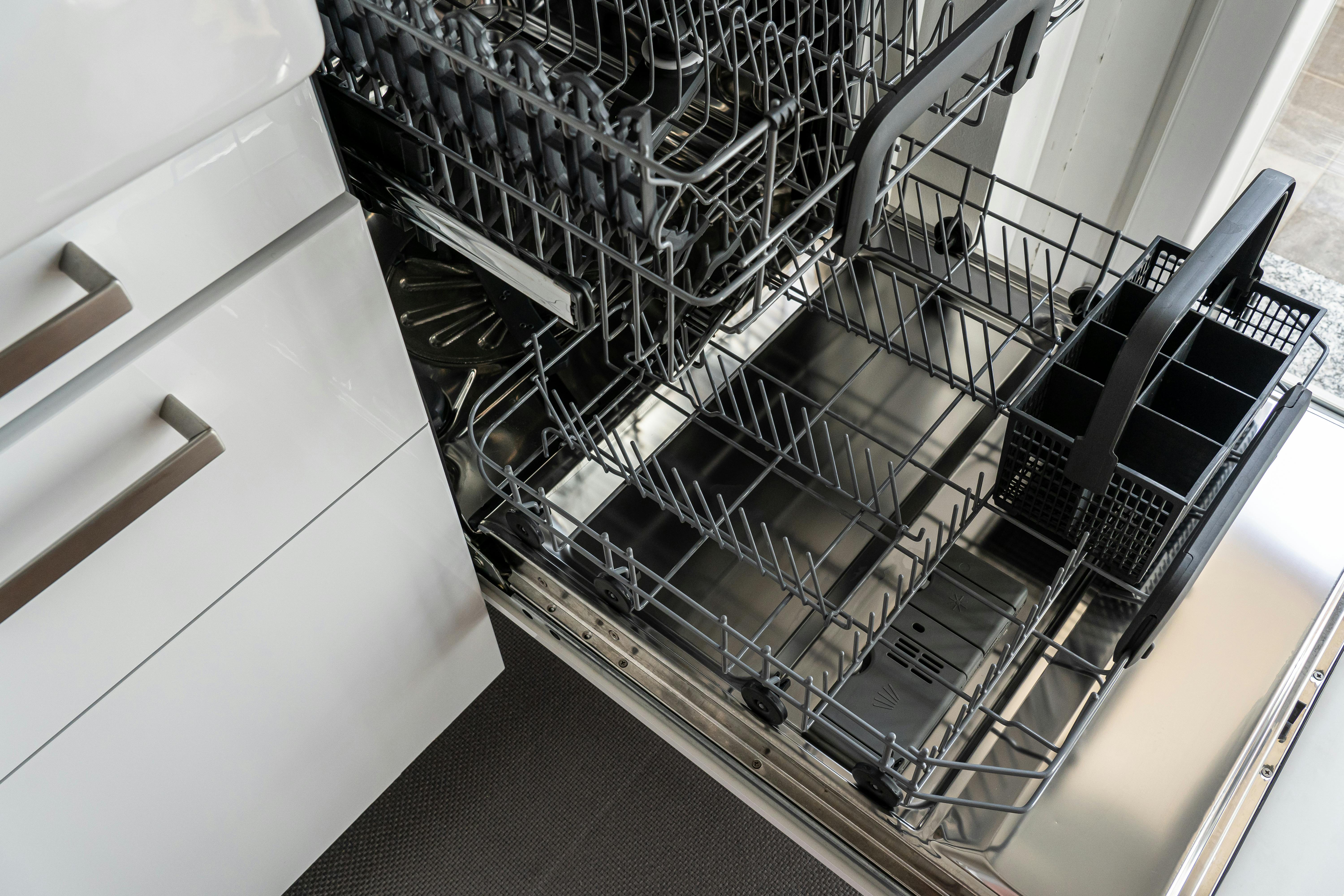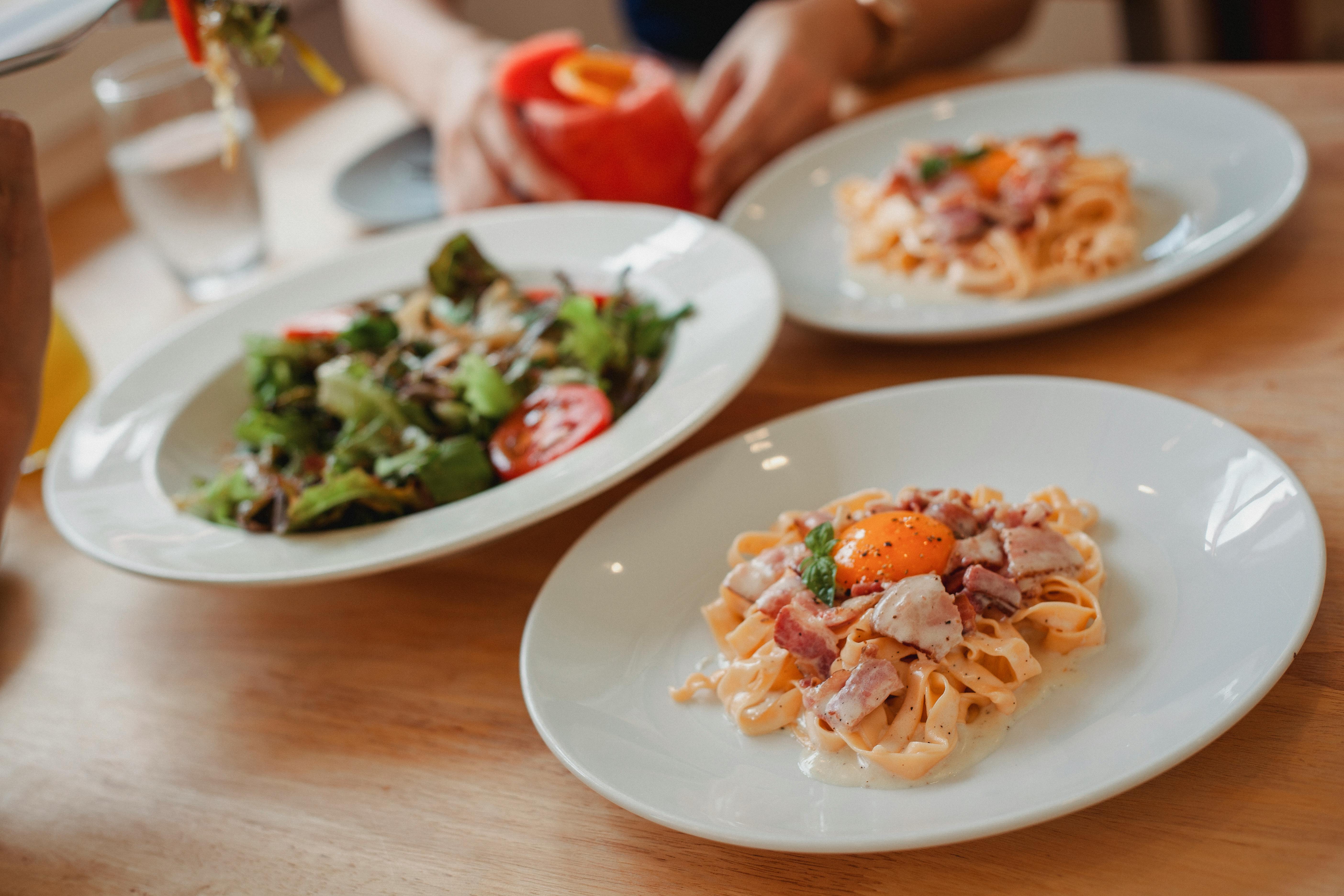Perhaps if Gothic architects from the Middle Ages, say those at Canterbury Cathedral, were hired to design an apartment in New York City, they might decide to incorporate some flying beams into their design. Typically defined as horizontal support elements, flying beams act like a bridge, spanning and connecting two disparate parts of a structure. In Canterbury, these bridge devices are called flying buttresses, architectural elements that add height and light through their support system. Today, these aerial delicacies may or may not be structural, but they create a majesty of space that surely seems to have been inspired by their Gothic ancestors.
The modernist interpretation of the flying beam can be an integral part of the structure or created for effect. In any dimension, these are subtle and interesting architectural features. This is because they act as dual agents for both bridging and dividing, connecting and separating. When acting as a bridge, they create a hallway or door opening by joining the two opposite walls at a height somewhat lower than the ceiling. In this case, there is air both below and above the beam, which gives a feeling of spaciousness and lightness to the space. As a partition, it serves a similar purpose by separating or piercing the space to pass through or lighten a heavy volumetric wall. In any case, flying beams lend themselves well to the modernist home by introducing an ethereal quality. It’s a heavenly lightness that evokes your own sense of piety.
Flying beams can be made from plasterboard, wood, painted cabinets, glass, metal, and even light. If Dan Flavin were an architect, surely his beams would be glass tubes filled with bright colors. We usually see these beams as heavy wooden supports in traditional-style rooms, often in kitchens and living rooms. In these cases, they add a warm club feel. Like glass, they appear very transparent as the surrounding light passes through them.
In their plasterboard form, flying beams tend to be concise in substance. Spanning between walls, these generally hollow extensions can be quite narrow, say 4 x 4 or a similar dimension. If one can imagine standing with arms outstretched, each hand touching an opposite wall (think Vitruvian Man), you will get a picture of how they perform. Going up into space, high enough for people to walk under, they act as portals. Used artistically, they create smart reference lines, leveling the eye and establishing visual harmony around a room. Therefore, if there is a room entrance height of, say, 7′-6 ‘in an area, locating a flying beam at a similar height nearby creates visual continuity within that space. They connect elements at a similar height, thus creating subtle but strong relationships between them.
In addition to connecting the walls within a contained area, the flying beams also link different rooms together, creating continuity between the spaces. Often these beams are not at 180 degree angles to each other, but instead vary as the relationships of the rooms to each other differ. Here, they help create a sense of fluidity by bringing the rooms together.
From an artistic perspective, the flying beams sculpt the space, creating voids to create highly imaginative empty spaces. Like the artist James Turrell, who uses light to fill not only an architectural void, but also for the ethereal nothingness of light to become volume in its own way, the effect is quite similar. In both cases, the absence of volume becomes an element as important or even more important than the mass from which it is carved. Likewise, flying rays pierce through empty space, sculpting shapes and forms of different sizes and depths.
Acting on the fly, the architectural beams unite, divide, align, harmonize, carve and sculpt forms throughout the space creating a sensation of light, luminosity and spaciousness. A beautiful addition to any space, flying rafters are stylish items.




